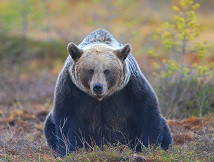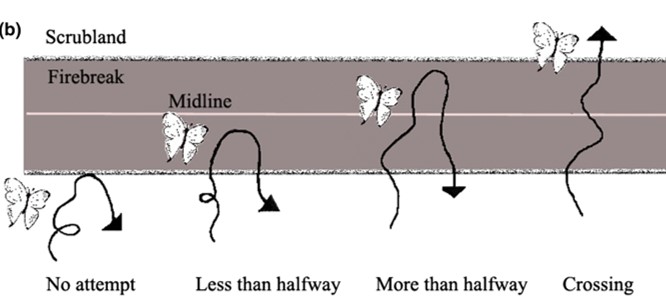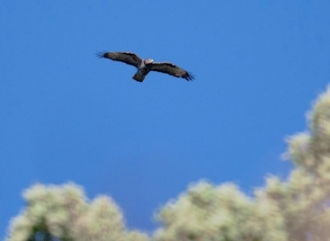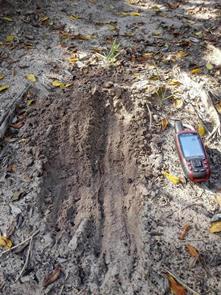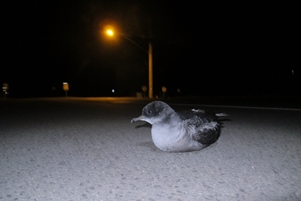
Welcome
Welcome to the official website of the Doñana Biological Station (EBD-CSIC)...

The Doñana Biological Station: EBD-CSIC
The Doñana Biological Station is a public Research Institute belonging to the Spanish Council for Scientific Research CSIC in the area of Natural Resources...

Mission
Our fundamental mission is to carry out multidisciplinary research of the highest standard directed to understanding the way in which biodiversity is generated, maintained and deteriorates, as well as the consequences of its loss...

Our methods
We apply many techniques within a multidisciplinary framework, from molecular genetics to remote sensing, and from modelling to physiological and isotopic analyses...

Monitoring the environment
Monitoring biodiversity at the Doñana Natural Space cover a wide range of communities, including both terrestrial and aquatic organisms...

Aims
Our aims include the study of the ecological and evolutionary processes by combining field work, mathematical and statistical models and physiological and genetic analysis...
 Outstanding
Outstanding
-
 Bears also use visual cues to communicate with each other
Bears also use visual cues to communicate with each other -
 Firebreaks constrain butterfly movements
Firebreaks constrain butterfly movements -
 European Honey-buzzards use tools to attract ants for anting
European Honey-buzzards use tools to attract ants for anting -
 Scrapes as a communication tool in the largest Neotropical felids
Scrapes as a communication tool in the largest Neotropical felids -
 White and blue lights are the most pernicious for wildlife
White and blue lights are the most pernicious for wildlife

 Bears also use visual cues to communicate with each other
Bears also use visual cues to communicate with each other